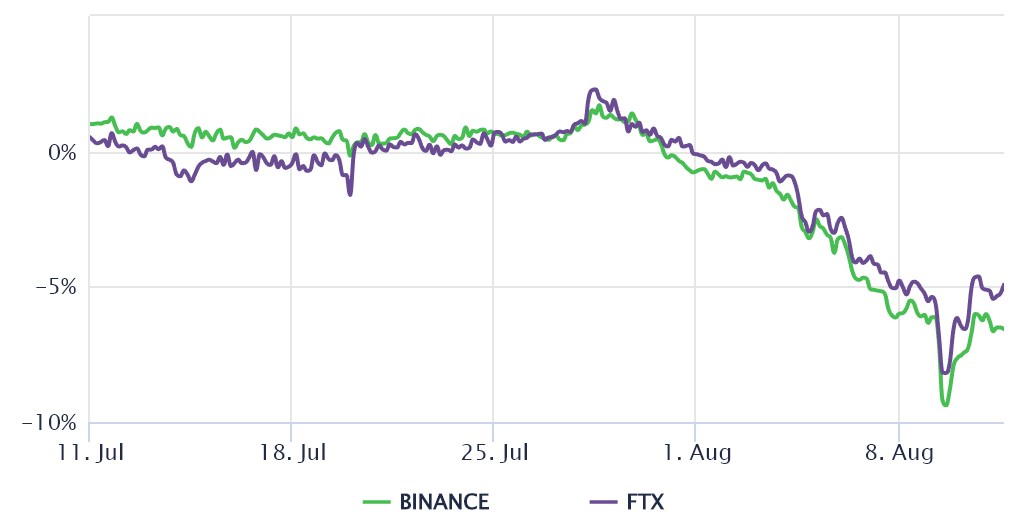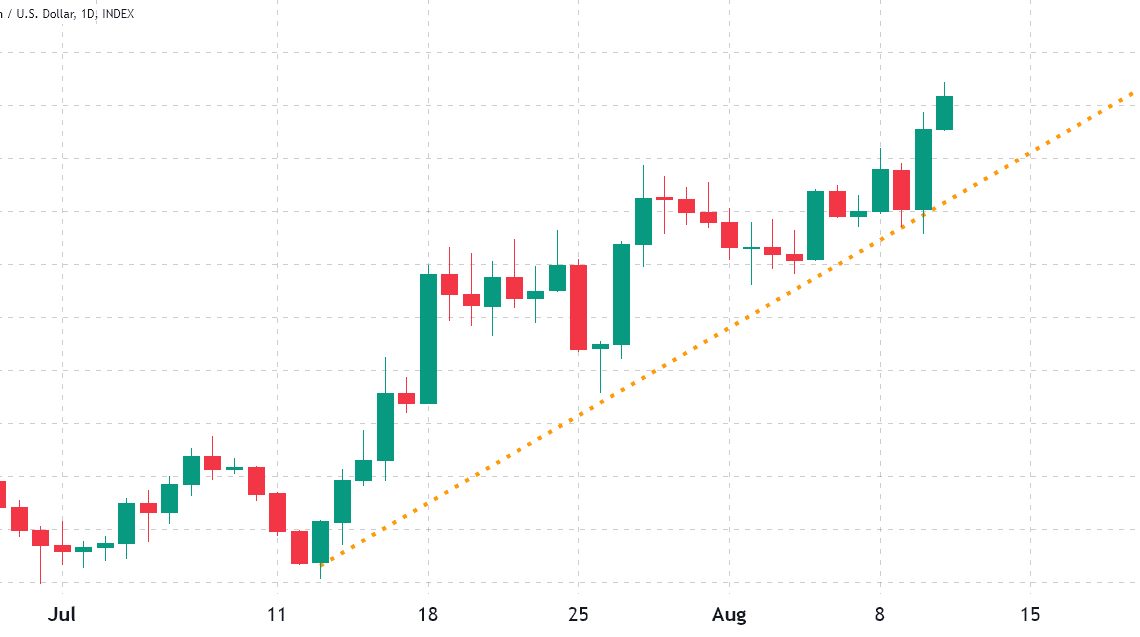[the_ad id="1637"]
[ad_1]
Ether’s (ETH) impressive 85% gain in the past thirty days will have surprised even the most bullish investors and it makes the $800 range seen from mid-July seem like ages ago. Bulls now hope to turn $1,900 to support, but derivatives metrics tell a completely different story and the data suggests that professional traders remain highly skeptical.
It’s important to remember that the leading cryptocurrency, Bitcoin (BTC), gained 28% in the same period. Thus, there should be no doubt that the Ether bull run was driven by the “Merge” expectation, a transition to a proof-of-stake (PoS) consensus network.
“Goerli” was the last remaining Ethereum testnet scheduled to implement the “Merge,” which officially became a proof-of-stake (PoS) blockchain as of 1:45 UTC, Aug. 11. This final hurdle was completed with no major setbacks, giving a green light for the mainnet transition on Sept. 15 or Sept. 16.
There is a rationale behind investors’ booming expectations toward this major landmark transition. Such a multi-phased upgrade aims for higher scalability and extremely low fees due to sharding, the parallel processing mechanism. However, the only change in the “Merge” is the complete removal of the burdensome mining mechanism.
In a nutshell, the equivalent inflation will be drastically cut as miners no longer need to be compensated by newly minted coins. Still, the “Merge” does not address the processing limit, or the amount of data that can be validated and inserted into each block.
For this reason, analysis of derivatives data is valuable in understanding how confident investors are on Ether sustaining the rally and heading toward $2,000 or higher.
Ether’s futures premium has been negative since August 1
Retail traders usually avoid quarterly futures due to their price difference from spot markets. Still, those are the professional traders’ preferred instruments because they prevent the perpetual fluctuation of contracts’ funding rates.
These fixed-month contracts usually trade at a slight premium to spot markets because investors demand more money to withhold the settlement. This situation is not exclusive to crypto markets. Consequently, futures should trade at a 4%-to-8% annualized premium in healthy markets.

Ether futures premium entered the negative area on Aug. 1, indicating excessive demand for bearish bets. Usually, this situation is an alarming red…
Click Here to Read the Full Original Article at Cointelegraph.com News…
[ad_2]
[the_ad id="1638"]
